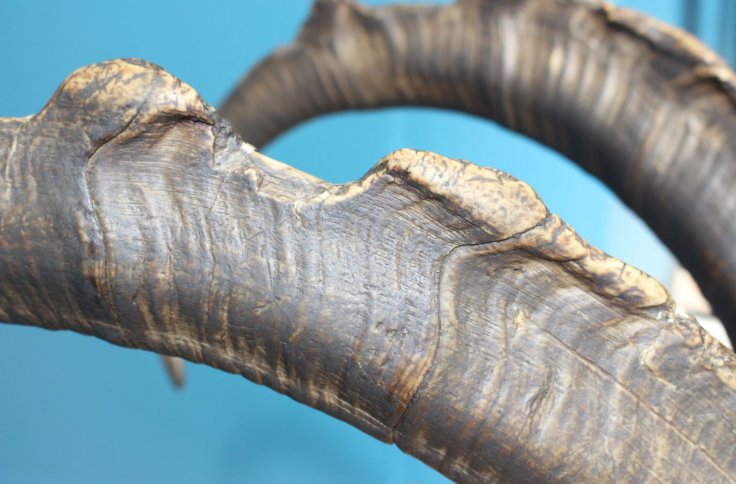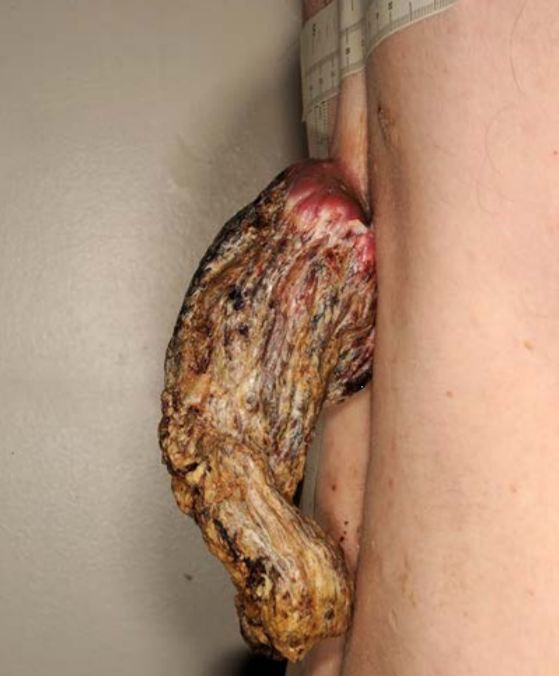A 50-year-old manual labourer from United Kingdom startled doctors as he sprouted a 'horn' on his back. The 14cm cancerous growth that was shaped in the form of a horn had to be surgically removed.
This unique case was reported by scientists in a study. The growth—which is scientifically known as Cutaneous squamous cell carcinoma (cSCC)—is said to have developed on the man's back despite him not being an individual with any significant risk factors such as increased exposure to sun or a family history of skin malignancy.
What is Cutaneous squamous cell carcinoma (cSCC)?

cSCC is the second most common form of non-melanoma skin cancer. Non-melanoma cancer refers to forms of cancer that spread in the upper layers of the skin over a prolonged time period. They are less severe than more dangerous forms of skin cancer known as melanoma.
Risk factors that contribute to the development of cSCC are light skin, exposure to sunlight or other ultraviolet radiation, male sex, age, familial cancer syndromes, and environmental exposure to chemicals such as arsenic.
Growth and removal of the 'horn'
The horn-like projection is said to have grown over a period of three years. Surgeons at the Countess of Chester Hospital, UK, surgically detached the cutaneous horn from the unnamed man's back. However, they did not find any visible signs of Lymphadenopathy, which is a disease of the lymph nodes where they are unusually large in size or consistency.
In order to replace the missing soft tissue as a result of the surgery, the doctors grafted skin from the man's thighs on to the surgically intervened area. They noted that was not under any medication, however, was a smoker.

What surprised the doctors was that the man, in spite of being from a developed nation with access to free healthcare, did not seek treatment. "We report a rare case of an extremely large well-differentiated SCC that was neglected by a patient living in a developed country with access to free healthcare," they wrote in the report.
An example of increasing rates of non-melanoma skin cancer
According to the researchers, there is an upward swing in the number of reported cases of cSCC in the United States and Europe. Males with light skin—Fitzpatrick skin types I–III—are at a higher risk of developing cSCC, the researchers point out. Incidentally, the unnamed was of Fitzpatrick skin type II. Developed in 1975 by an American dermatologist, Thomas B. Fitzpatrick, the Fitzpatrick scale is a numerical classification of human skin complexion.
An incidence in the rate of cSCC corresponds to increased awareness about the condition. Unfortunately, the unnamed man's case is an example of one of those instances where awareness may fall short.
"This highlights that despite current public skin cancer awareness and rigorous healthcare measures, cases like this can still arise and slip through the net," the researchers concluded.









